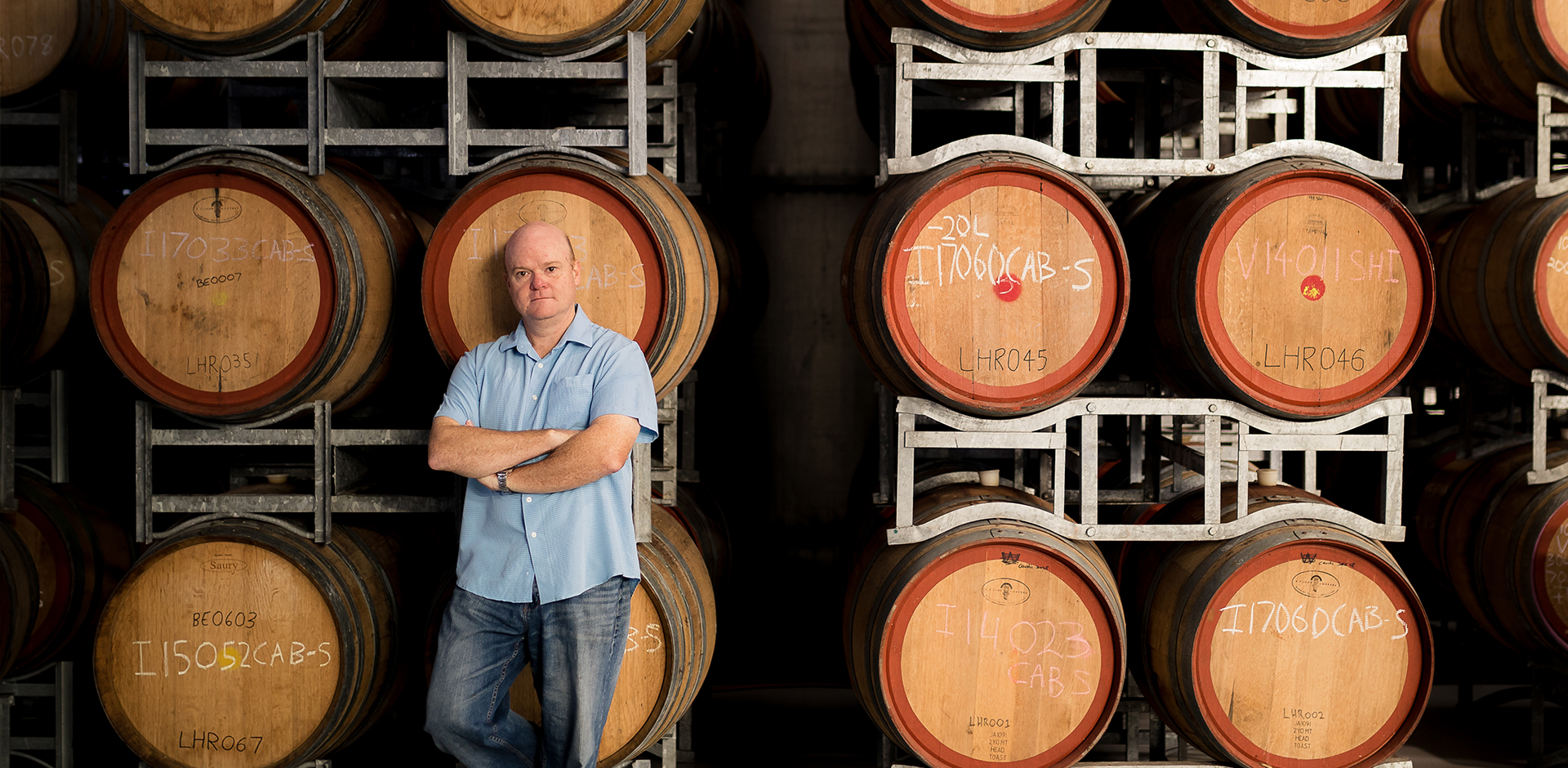
FAQs
Which Vinegar should I use?
All Vinegars are good and they are interchangeable in a recipe. You need to pick one that suits the dish you are preparing. The one you like is the best one. But as a guide, use sharp/dry vinegars like red and white wine vinegar when you need to add “zing” to a dish that’s too sweet or too oily. Use sweet vinegars including balsamic when you need a little zing but also you want to add some flavour. Add Caramelised vinegars when the flavour and sweetness counts like marinades and as a final slash of flavour before serving.
Where can I buy your products?
Lirah vinegars are not available in the major grocery stores. In Australia we have a huge list of stockists in every state and territory. Any good deli near you should stock it. If they don’t, ask them to get it in for you.
How is vinegar made?
Vinegar production is a 3 stage process:
- Stage 1: Yeast eat sugar to form alcohol. For example, Grape juice is fermented into wine, apple juice is fermented in apple cider.
- Stage 2: A bacteria, called aceterbacter eats the alcohol and converts it into acetic acid. They only eat the alcohol so all the flavours of the wine or cider stays in the new vinegar.
- Stage 3: The raw vinegar may be sweetened using sugar or fruit juice or both. It may be filtered, or not. It may be aged in oak barrels, or not. It could be blended with other vinegars maybe. Ultimately it is bottled and ready for sale.
Vinegar can take as little as 1 day to make, or hundreds of years, depending on the individual vinegar.
For more information about how vinegar is made visit our vinegar production page
What is distilled vinegar?
See the FAQ section “How vinegar is made”.
In making distilled vinegar, pure alcohol (ethanol) is used to “feed” the vinegar making bacteria. This ethanol is “distilled” form various sources,usually from grain or grape alcohols.In this case, the alcohol, not the vinegar is distilled. It is a very pure product, but flavourless.While distilled vinegar is a great cleaning product ,wine vinegars are are superior for use in cooking.
What is the shelf life of Vinegar?
Vinegar is self preserving. As long as the acid concentration is high enough (approx 4%) it will remain safe to use if stored at room temperature for a very very long time. Vinegar that is thousands for years old, dating back to Roman times and beyond is occasionally still found and is edible.
How should I store vinegar?
Vinegar is shelf stable. Keep it in a cool dry place away from direct light. Your pantry is perfect. You can store it in the fridge but its not necessary. Remember, vinegar is a preservative, it is used to preserve other foods, like pickled onions. If it can preserve other foods it can definitely preserve itself.
My caramelised balsamic has a solid layer at the bottom?
Caramelised Balsamic has a very high sugar concentration. Just like honey, if you put it in the fridge or it gets cold it will crystallise. It is still safe to use. Simply remove it from the fridge and carefully warm it up to dissolve the sugar crystals. Placing the bottle in warm water is the best way to do this.
Is vinegar gluten free?
Vinegar is made from sugars (like grape and apple juice) that is fermented into alcohol and then fermented into vinegar. There is no gluten in juice, and none is added in the processing so there is no gluten in finished vinegar.
The only exception is malt vinegar, made from malted barley usually. Even though there is should be no gluten present in the final vinegar those very sensitive should avoid malt vinegar. While all other vinegars should be gluten free,it is always wise to read the label.
Can I use vinegar to clean? Which one should I use?
Any vinegar can be used to clean but plain white vinegar, also known as distilled vinegar, is the best as it doesn’t leave any residue of colour or sugar.
What is a balsamic?
A balsamic can be made from any source of sugar. See the FAQ section on “how vinegar is made”. A balsamic it needs 3 essential components
- Acid – From the vinegar, can be from any vinegar say apple, grape or malt
- Sweetness – can be from any sugar, say fruit juice, sugar, honey etc.
- Malliard Sugars. These are “oxidised” sugars, not to be confused with “caramelised” or burnt sugars. Essentially the sugars have “rusted” to form a dark colour. This is what gives balsamic the distinctive toasted/burnt or caramels flavours and colours. Balsmaic doesn’t have to be made form grape vinegar. There are apple balsamics, fruit balsamics and even sherry balsamics.
Haven’t answered your question?
Contact us here!
Contact Us
Error: Contact form not found.

